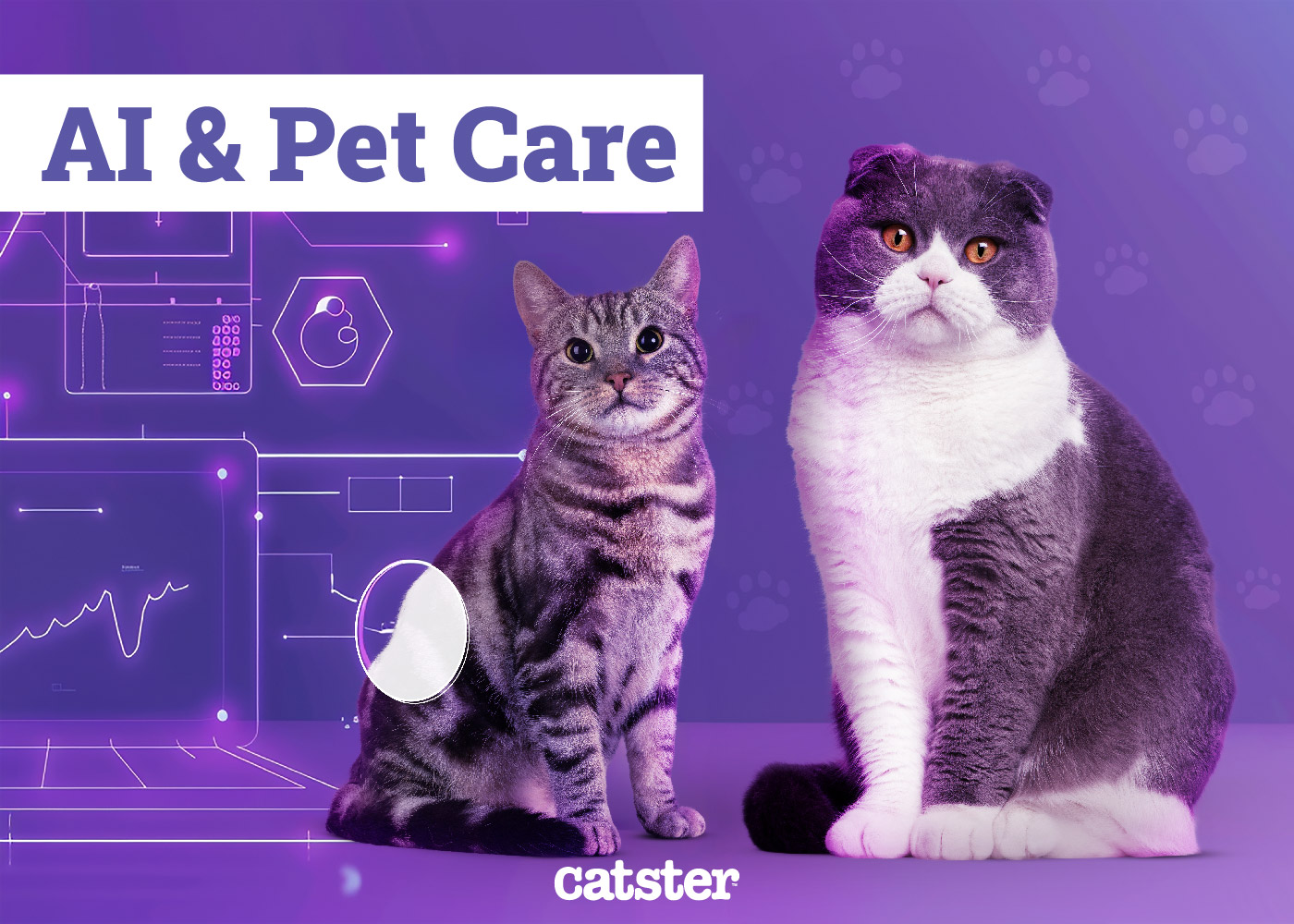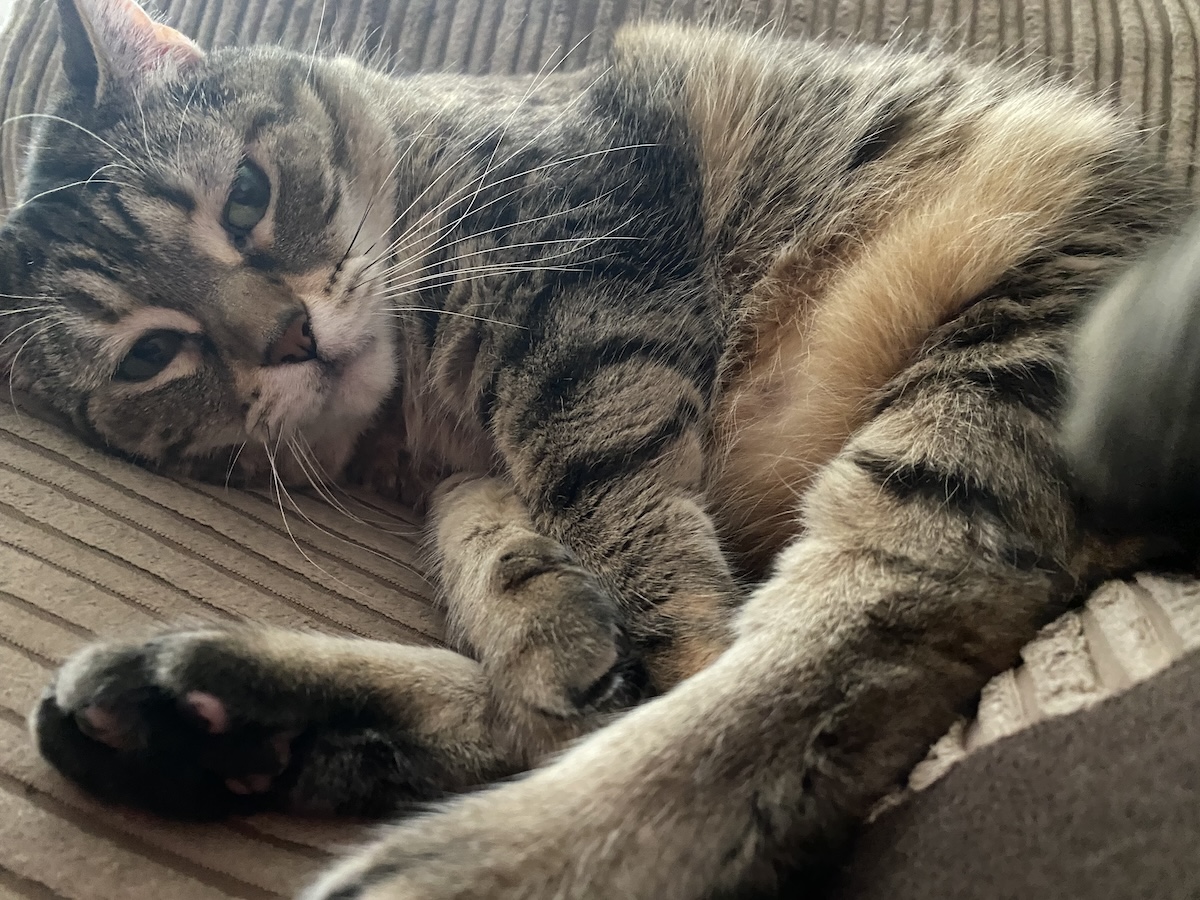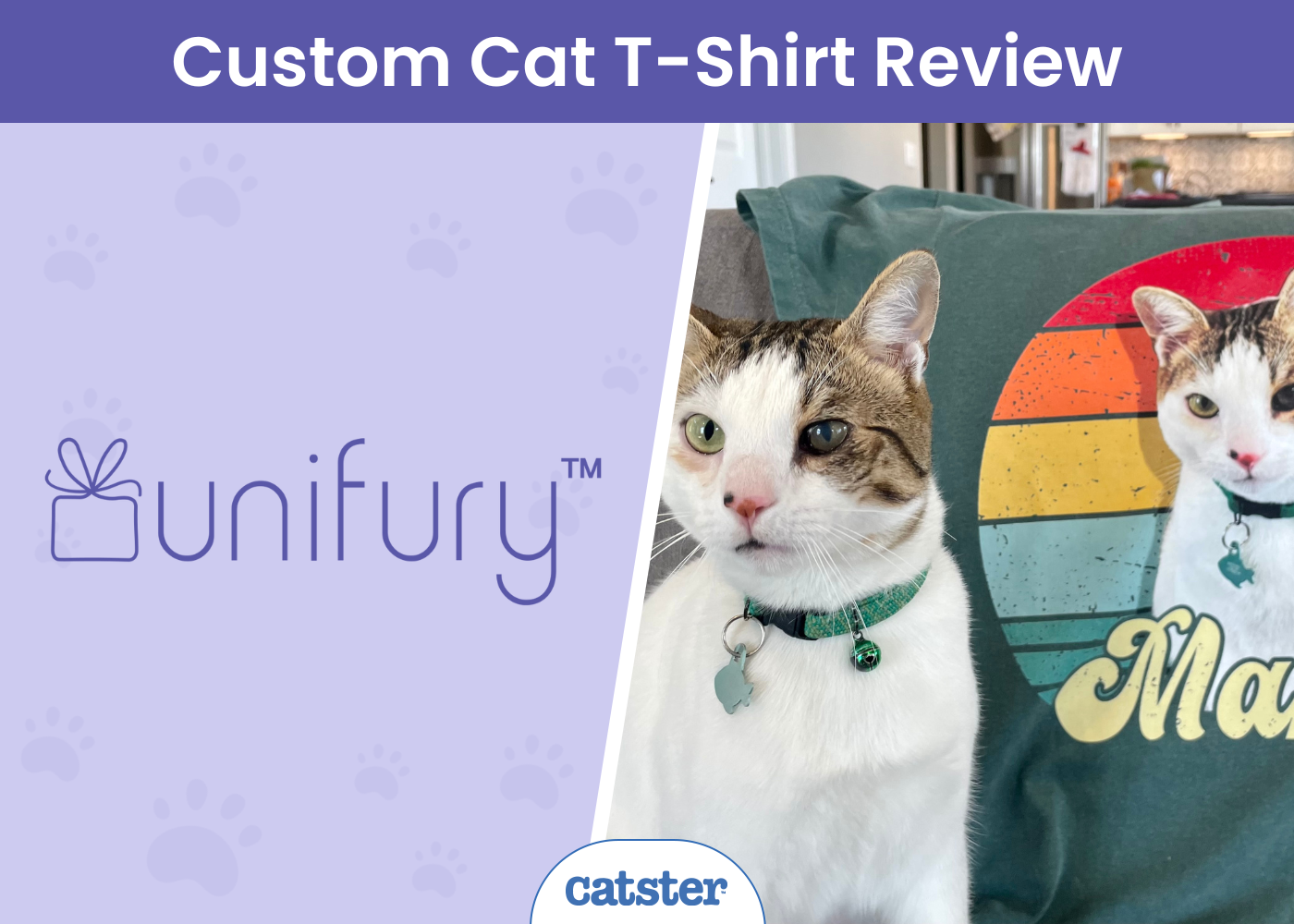Did you know that cats only have 473 taste buds1? Humans have about 9,000 taste buds. This means that a cat lacks a lot of flavor sensors, mainly sweet and also spicy. These flavors simply don’t register the same as with us when a cat eats them. Whether they can taste them or not, cats shouldn’t eat spicy foods, like Takis, as most spicy foods contain harmful ingredients like onions, citric acid, and chili powder. So, can cats eat Takis? No, Takis contain harmful ingredients to your cat and can cause stomach upset and other negative signs.
What Are Takis?
Takis are Mexican rolled tortilla chips eaten by many spicy food lovers. They can be flavored with chili, lime, and salt. So, what’s in Takis? What makes them spicy? Below is a list of ingredients these chips contain:
- Corn
- Palm oil
- Maltodextrin
- Citric Acid
- Salt
- Corn starch
- Spices
- Onion and garlic powder
- Chili powder
- Dextrose
- Sesame oil
- Sodium citrate
Are Takis Bad for Cats?
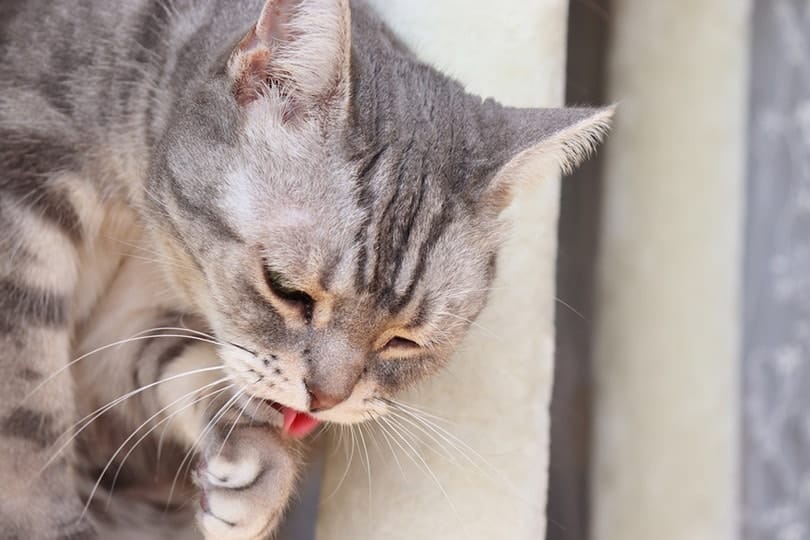
Takis are exceptionally spicy and salty, meaning they can be dangerous for your cat to ingest. Most cats are sensitive to the capsaicin found in spicy foods like chili powder. It may cause digestive irritation and upset, including vomiting, diarrhea, and stomach pain.
Eating high amounts of onion and garlic, or garlic and onion powder, can cause an upset stomach, loss of appetite, bowel disturbances, and dehydration. Garlic and onions are in the Alliums family, which are highly toxic to our feline friends, potentially resulting in red blood cell destruction if eaten in high enough amounts.
Another ingredient, salt, depending on how much was ingested, has the potential to be harmful to your cat. If your cat consumes too much salt, they may experience excessive thirst, lethargy, and diarrhea, among other severe signs.
Though rare, some cats can have an allergy or intolerance to corn. For these cats, eating Takis could result in digestive issues or scratching, ear infections, and other skin issues.
Yes, Takis are bad for cats. The ingredients in Takis chips are harmful and don’t benefit your cat. So, what if they got into your bag or ate a few chips? Don’t panic. First, you may choose to monitor their signs closely and provide plenty of water to flush their system.
- Vomiting
- Weakness or wobbliness
- Twitching or convulsions
- Stiffness
- Lack of appetite
- Diarrhea or constipation
A Cats’ Regular Diet
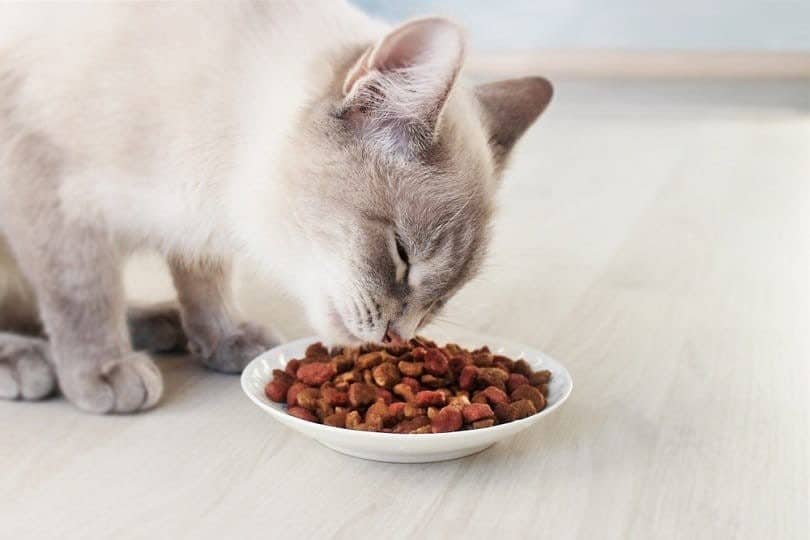
A healthy cat requires high amounts of protein, moderate levels of fat, and few carbs. Cats are known carnivores, so they require a high meat-content diet to stay healthy. Feeding them commercial cat food formulated for their specific needs is more sustainable than feeding them human food though they are able to handle some healthy human treats like apples, carrots, and lean, cooked meats in moderation. Always talk to your vet before giving your cat any human food.

Final Words
Cats play a vital role in our human lives as they help us emotionally, mentally, and physically. As a responsible cat owner, you will want to support your cat’s needs in every way, so avoiding Takis is best as the ingredients can cause digestive and other issues.
If your cat accidentally eats some Takis, keep an eye out for any of the signs mentioned in this article. If any signs persist longer than 24-48 hours, call your vet. Takis will likely not severely harm your cat, though they may make them uncomfortable for a few days.
Featured Image Credit: Diana Taliun, Shutterstock







